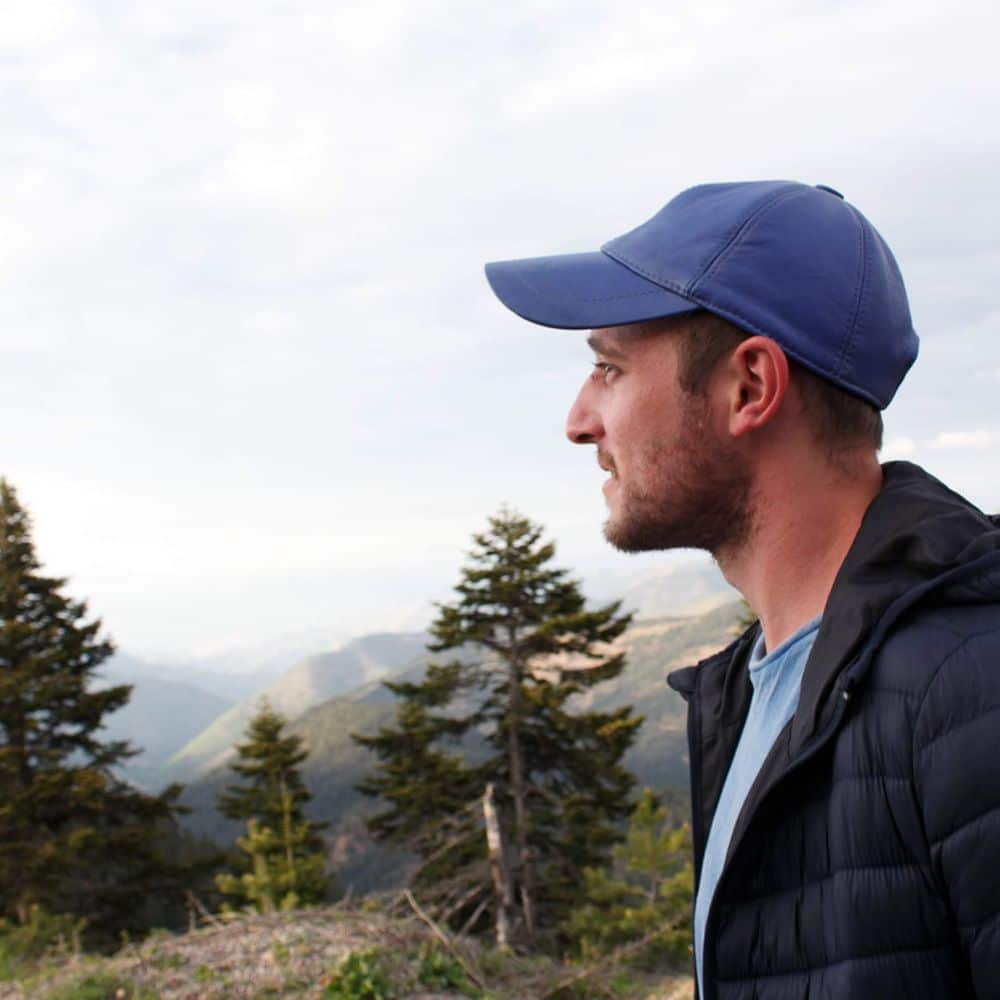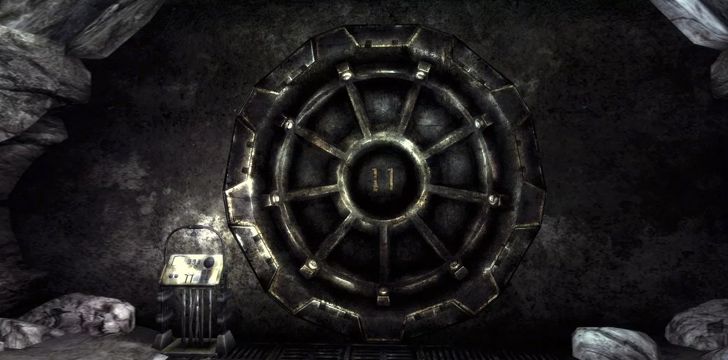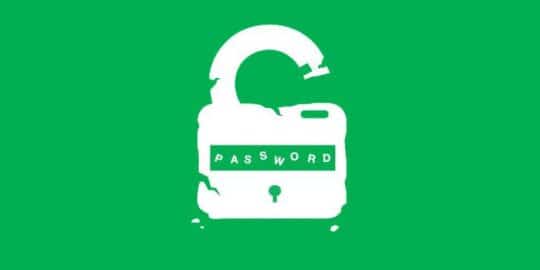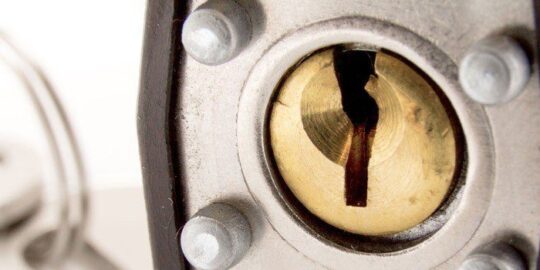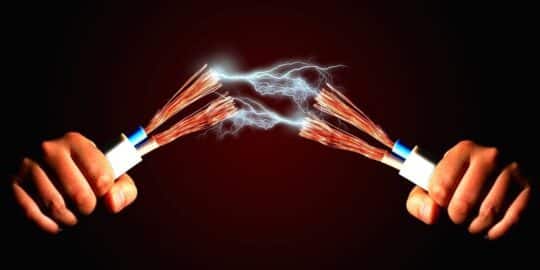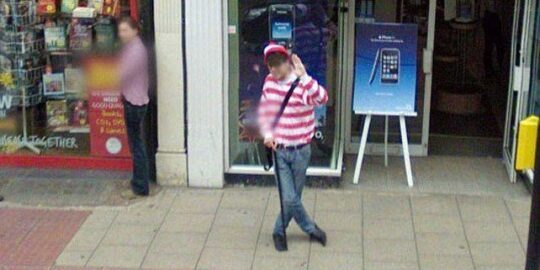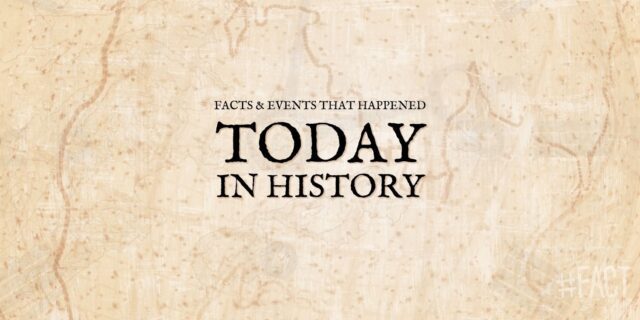Ask anybody who runs a small business, they’ll tell you the importance of a top notch security system.
High on the list will be a sturdy office safe.
Of course, some office safes are sturdier than others- and some are so impenetrable that they cost more to build than most businesses will earn in a lifetime.
Here are the security systems that your average start-up could never afford, but (hopefully) won’t ever need:
Fort Knox
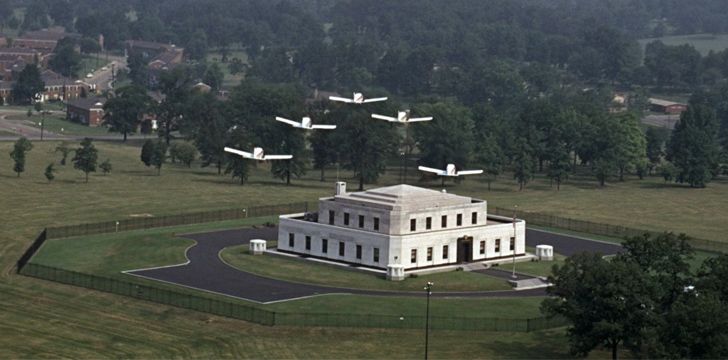
It’s a cliché for a reason.
Is it Safe?
It might have four foot thick walls, held together by 750 tons of reinforced steel, but breaking into Fort Knox is easy.
All you have to do get past four fences, two of which are electrified and fight your way past a team of armed guards.
Next up you’ll need work your way through a maze of locked doors until you get to the daddy: a vault door, weighing a whopping 22 tons.
Here, you’ll need the combination to the vault and for that you’ll need to find every member of Fort Knox staff, since each knows only a small section of the combination.
Nobody knows the whole thing.
Once inside, you’ll need to break into each of the smaller vaults hidden inside; then find some way of transporting your booty back out again.
Problem is, by this point, 30,000 soldiers from the Fort Knox military camp will be waiting for you outside.
So yeah, sarcasm aside, it’s pretty safe.
What’s Inside?
Fort Knox diligently guards 5,000 tons of gold bullion; which is enough to justify its labyrinthine network of security features.
It isn’t overkill… it’s just right.
Of course, not all world famous safes and vaults are built to look after gold bars.
Svalbard Global Seed Vault
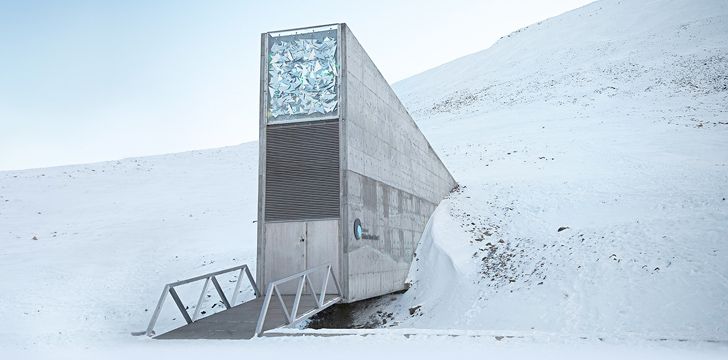
Is it Safe?
The Svalbard Global Seed Vault is buried 390 feet into the rock on the island of Spitsbergen, which sits a mere 620 miles from the North Pole and doesn’t get a lot of visitors.
In addition to its standard security features, it’s protected by hundreds of miles of ocean and more than a few polar bears.
Importantly, this secure facility isn’t only trying to protect the contents from intruders; it’s designed to withstand Armageddon.
Svalbard is buried so deep into the rock that it can withstand a nuclear holocaust, and any number of earthquakes off the Richter Scale.
Better yet, the forward thinking designers buried it 430 meters above sea level, so that it will even be safe in decades to come no matter how quickly water levels rise.
But what is so important that it could justify security measures this extreme?
The clue is in the title.
What’s Inside?
The Svalbard Global Seed Vault houses over 500,000 plant species from around the world.
The idea is that we’ll be able to bring back these plant species if a global disaster wipes them out completely.
It might be the end of the world as we know it, but we’ll all feel fine (relatively speaking) because we’ll be able to reboot our flora to keep us going in the aftermath.
Of course, you won’t get a lot for these seeds at a car showroom, but they’re undeniably valuable in their own right.
Cheyenne Mountain
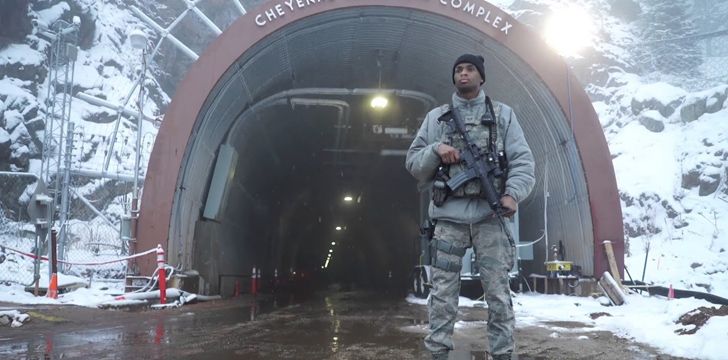
Is it Safe?
The 25 ton doors at Cheyenne Mountain can withstand a 30 megaton blast.
If, like me, you’re not up on what that means, it means a nuclear bomb could explode on the site almost 1,500 times before it made a dent.
According to its owners, the contents of this vault are so important that they need to be buried 2,000 feet into the rock of the titular mountain.
So the big question is: what’s inside?
What’s Inside?
People. Cheyenne Mountain was the world’s most secure office building, buried so far into the rock that air has to be pumped in from outside just so the employees can breathe.
That air is considered the cleanest in the world, because it’s processed by a system which filters chemical, biological and nuclear contents from the air.
Talk about the perks of the job.
The vault was home to the US Missile Warning Center and NORAD during the cold war and is now maintained on “warm standby”, by a skeleton crew of staff, in case it is ever required again.
Iron Mountain
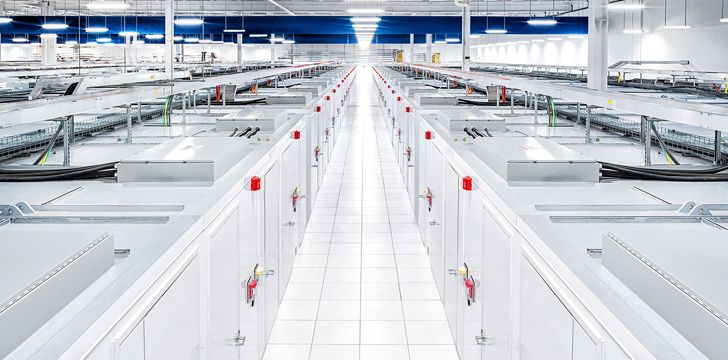
Is it Safe?
Iron Mountain sits 200 feet below the ground in an old limestone mine, housing 1.7 million square feet of ultra secure vaults.
If you want to get inside, you’ll have to sweet-talk two waves of armed guards before you make it through the front door.
Those who are allowed inside are inspected so thoroughly that no grubby stone in their past is left unturned.
What’s Inside?
This buried vault contains such an eclectic store of invaluables that you wouldn’t be surprised to find the Ark of the Covenant tucked inside.
Of course, you won’t actually find the Lost Ark there – that’s safely locked away in Hangar 51.
But you will find the wreckage of Flight 93, the original photo of Einstein blowing a raspberry and the original patent for the light bulb signed by one Thomas Edison.
The identity of 95% of vault owners is confidential but we do know that the US government makes use of the facility, as do the Smithsonian Institution and the Warner Brothers.
Amongst the goodies housed inside is a data center called Room 48 which provides a back up to some of the US’ biggest businesses.
Bahnhof, Stockholm
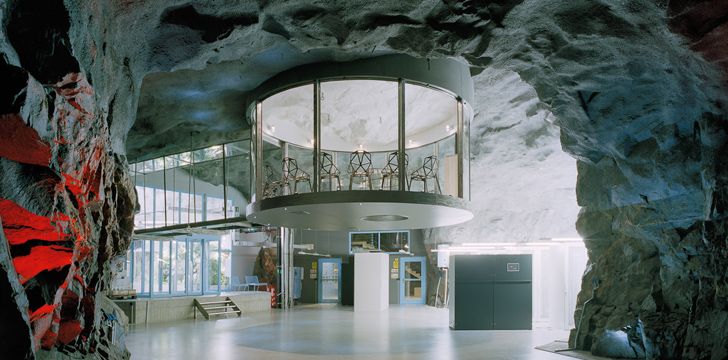
Is it Safe?
This former nuclear bunker is buried more than 100 feet beneath the streets of Stockholm, owned by Swedish internet provider Bahnhof.
The vault features a 1.5 foot steel door and its servers are driven by back-up generators which can run for weeks in the event of a power down.
The data protected inside is so secure that the American government couldn’t even get inside – much as they’d like to.
What’s Inside?
Bahnof HQ in Stockholm is home to the servers for none other than Wikileaks.
That’s right: Banhof houses computers that Julian Assange and friends have filled to bursting with classified information, news and other media which the US Government and other massive organisations did not want you to see.
It’s interesting that these unbreakable safes are commonly known and you can find out so much about them online.
Of course, it helps when you have a squadron of armed guards to look after your valuables.
When you don’t, it pays to keep what you have to yourself.
One of the best forms of security is secrecy.
If burglars don’t know what you have, they don’t know to break in to begin with.
Which safe do you think is most impenetrable – and if you owned one of these vaults, what would you keep inside?
